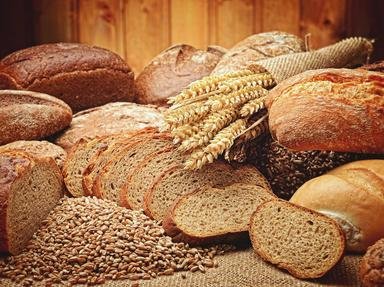
Rice Around the World Trivia Quiz
More than just a staple food, rice is at the heart of countless traditional dishes. Here are twelve rice dishes from around the world - can you match the dish to the country?
A matching quiz
by wellenbrecher.
Estimated time: 3 mins.